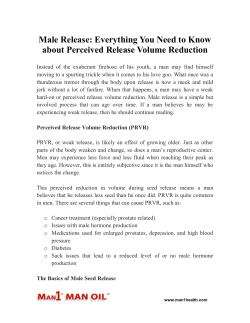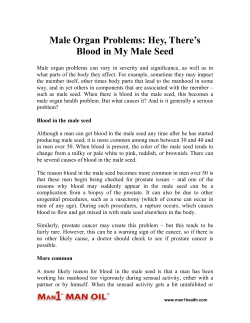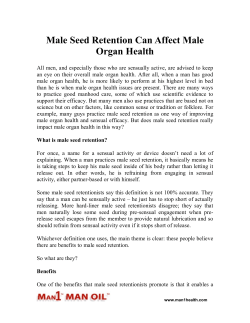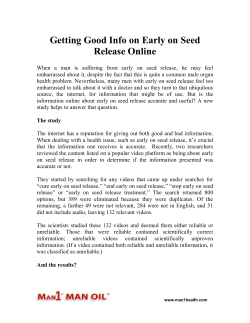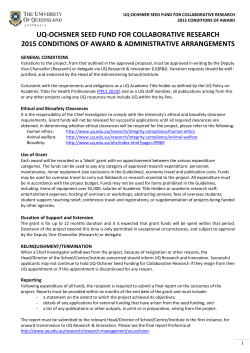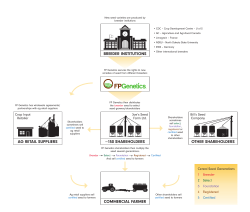
Delayed Seed Release - A Male Organ Function Issue Needing More Study
Delayed Seed Release: A Male Organ Function Issue Needing More Study Mention male organ function issues and what comes to mind to most men is either early on seed release or an inability to attain and/or maintain tumescence. These are definitely male organ function issues, but they are far from the only male organ health issues which impact function of the organ. One of the lesser-known such issues is delayed seed release, sometimes called retarded seed release. And it’s a subject which deserves more study from the sensual health community. What is delayed seed release? In some ways, the name delayed seed release sums up the problem. It describes a situation in which a man continues to engage in sensual activity (either with a partner or with himself) past the point when he wishes to have released seed or achieved intense point. But some medical professionals choose to define it as when a man is unable to release seed after having engaged sensually (again, with a partner or with himself) for 20 minutes or longer. This is a handy definition for research purposes, but it doesn’t accurately capture the issue at hand. There are many men who routinely engage in sensual activity (especially self-stimulation) for much longer than 20 minutes and are perfectly happy to do so. No, the definition needs to emphasize the fact that a man is continuing to have sensual activity despite the fact that the wishes to release seed – that he has, in a sense, reached past the pinnacle of his desire and is continuing on without knowing when – of if – he will attain the release he so badly desires. Not a joke Men like no joke about being able to “last” for hours, but for the 1% to 4% of men who genuinely suffer from delayed seed release, this male organ function problem is no laughing matter. It can lead to extreme frustration, inhibition, worry, anxiety and even depression. www.man1health.com Although there has been some attempt to study delayed seed release, there is still a lot about it that needs to be studied, beyond the need for a clearer definition. For example, how does the member behave physically during this period, and is that behavior different from the behavior of the member which achieves “typical” seed release? Meaning, does it go through different cycles of becoming more and less tumescent? If so, are there differences in how long these cycles last? Does stimulation of the manhood differ with delayed seed release – is it more or less sensitive on different points at different times? Does it respond more effectively to certain kinds of strokes or stimulation? There are several possible causes, including nerve damage, reactions to medications, side effects of certain conditions, mental health status, etc. What “mixture” of causes is most common? If certain medications have the unintended consequence of creating a delayed seed release situation, are there some which can induce an opposite issue, ones which can create a richer sensory sensation in the member which would lead more naturally to release? Scientists are interested in the issue, and research into it could provide greater general understanding of male sensual anatomical response. Here’s hoping that some breakthrough study will be forthcoming. While further study of the male organ function issue called delayed seed release is certainly needed, men in the meantime need to take steps to keep their male organ health in general on the upswing. One way to help is by daily application of a first rate male organ health creme (health professionals recommend Man 1 Man Oil, which is clinically proven mild and safe for skin). Look for a crème with the “L” pair – L-carnitine and l-arginine. The former is a neuroprotective agent which can be a big help in retaining member sensation that may otherwise be lost due to rough handling. The latter is an amino acid which helps the body produce nitric oxide. This in turn better enables male organ blood vessels to expand and open when greater blood flow is needed. www.man1health.com
© Copyright 2025

